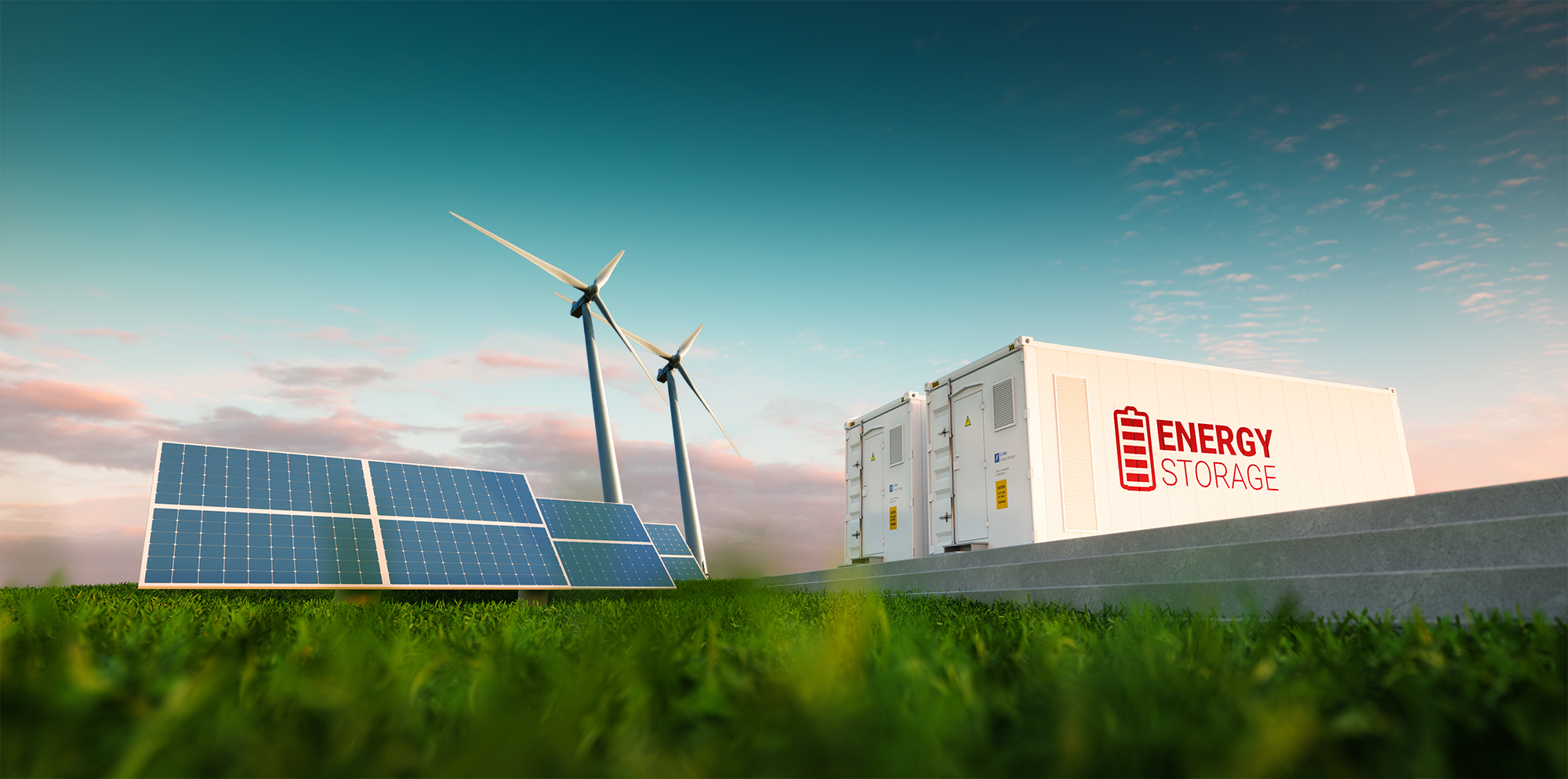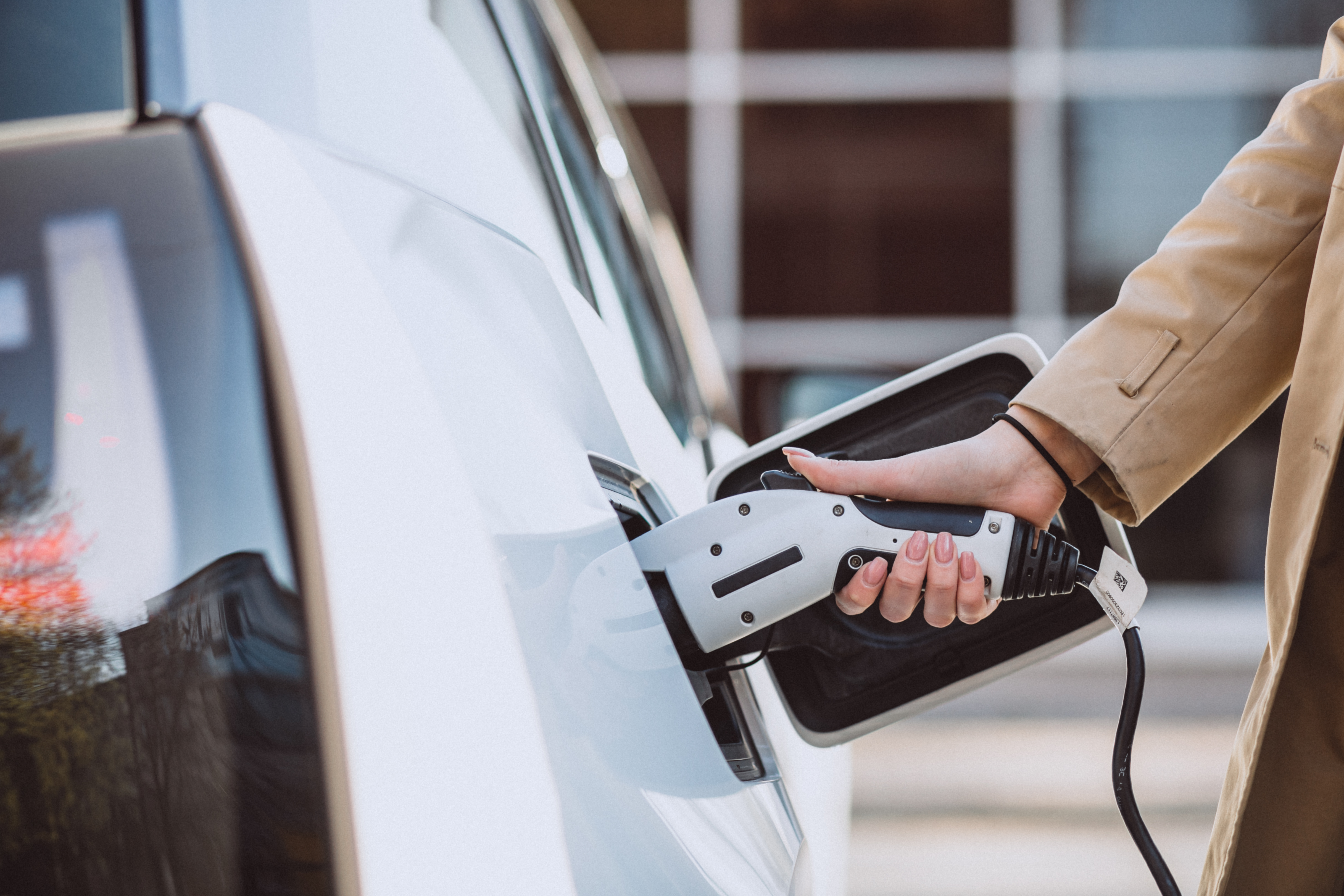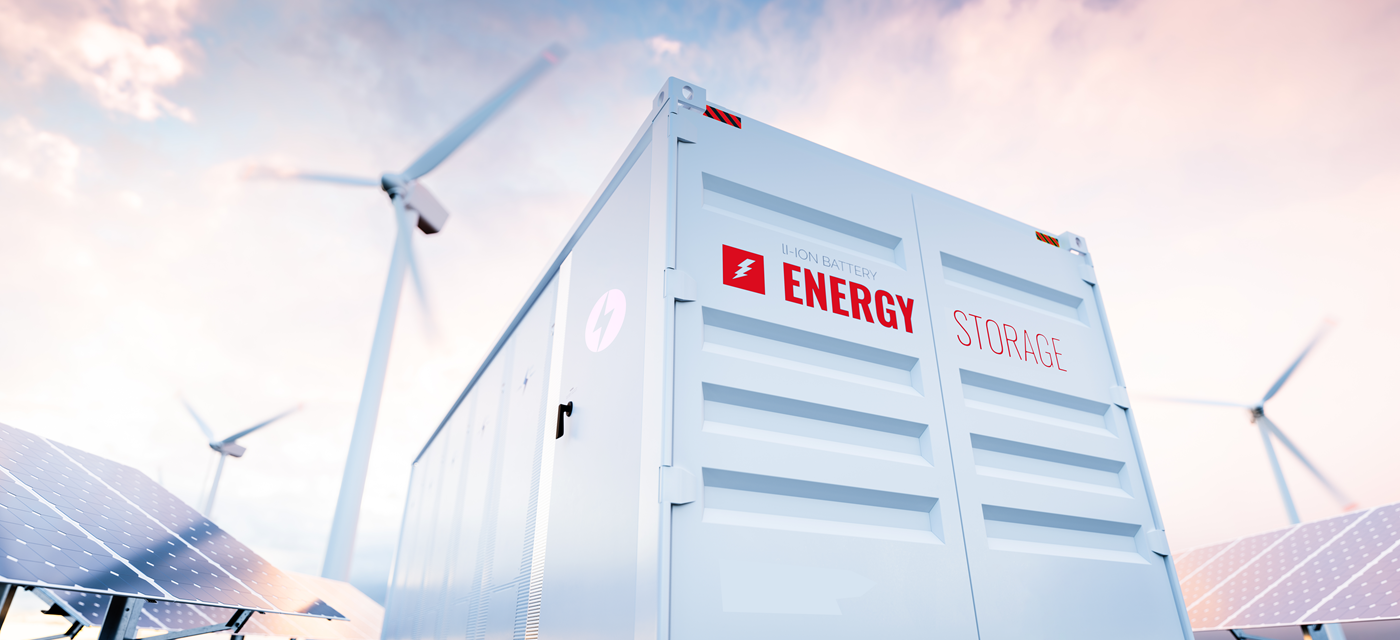What is energy storage?
An energy storage system, like a battery, allows you to store electricity. Although wind energy and solar energy are major contributors to our sustainable future, they are also responsible for significant fluctuations on the electricity grid. Surpluses of electricity are particularly common during daytime hours on sunny and windy days. Energy storage allows renewable electricity to be stored in a battery during times of surplus so that it can then be injected into the grid when there’s a shortage. Scholt Energy can control this form of flexibility fully automatically based on price fluctuations.
Benefits of energy storage
- Cost savings
Energy storage avoids the high costs associated with reinforcing the connection and reduces consumption peaks on the energy grid. A battery allows you to move with electricity prices on the market. - Sustainable entrepreneurship
Storing solar energy and wind energy that has already been generated helps to minimise the loss of renewable energy and contributes to the energy transition. - Revenue model
The capacity of the energy storage system can be traded on the imbalance and balancing markets. Additional revenue can also be generated through smart trading. - Preventing grid congestion
Deploying energy storage takes pressure off the electricity grid and prevents grid congestion. - Self-sufficiency
The ability to store self-generated renewable energy and consume it at a later point in time makes you less dependent on the regular electricity grid.
Balancing
Batteries can be integrated into specific wind farms and solar parks. Storage systems play an important role in balancing the electricity grid during the generation of renewable energy. In addition to energy storage, the stored energy can also be used as reserve power on markets, including the imbalance market. If an unforeseen situation occurs, such as the failure of an important power plant, the storage systems can be deployed by the national grid administrator as a primary reserve (FCR), secondary reserve (aFRR) or tertiary reserve (mFRR). Scholt Energy has access to the FCR and aFRR markets on which our customers’ reserve power is traded. We control batteries automatically so that electricity can be supplied to the grid within a fixed time. For this, storage system owners receive both an availability and activation fee.
On Friday 8 January 2021, there was a frequency drop on the European electricity grid. In response, Scholt was able to fully automate its battery pool within just one second.

Peakshaving
Industrial business with high energy consumption may find using a battery to smooth consumption peaks appealing. In periods when the business is consuming a large volume of energy, electricity is drawn from the storage system rather than the regular grid. This helps the business to save costs.
Demand response
A battery can be combined with our other ‘demand response flexibility service. Strategic battery charging is becoming increasingly important and is carried out on the basis of supply and demand on the electricity grid and price fluctuations. As an example, we can automate battery charging when there is a surplus supply of electricity and low electricity prices. Demand response of batteries can help to minimise costs and generate additional revenue through energy trading.
Discover more
Charge Management
Energy storage systems can also be combined with charging stations or charging plazas. On sunny days, the sustainably generated energy is stored in the battery. This electricity can then be used during the evening hours to charge electric vehicles. That way, sustainably generated energy is used to the optimum. The pressure of a large number of electric vehicles being charged at the same time and in the same place is also removed from the grid.
By connecting transport company Jan Bakker’s charging plaza to the solar installation on the roof, an emergency power supply and a battery, we were able to optimise the charging infrastructure and make the charging plaza self-sufficient.
More about Charge Management
Would you like to take advantage of energy storage?
Speak to our specialists. They would be happy to explain how energy storage works and what options meet your needs as a producer. There’s no obligation.

